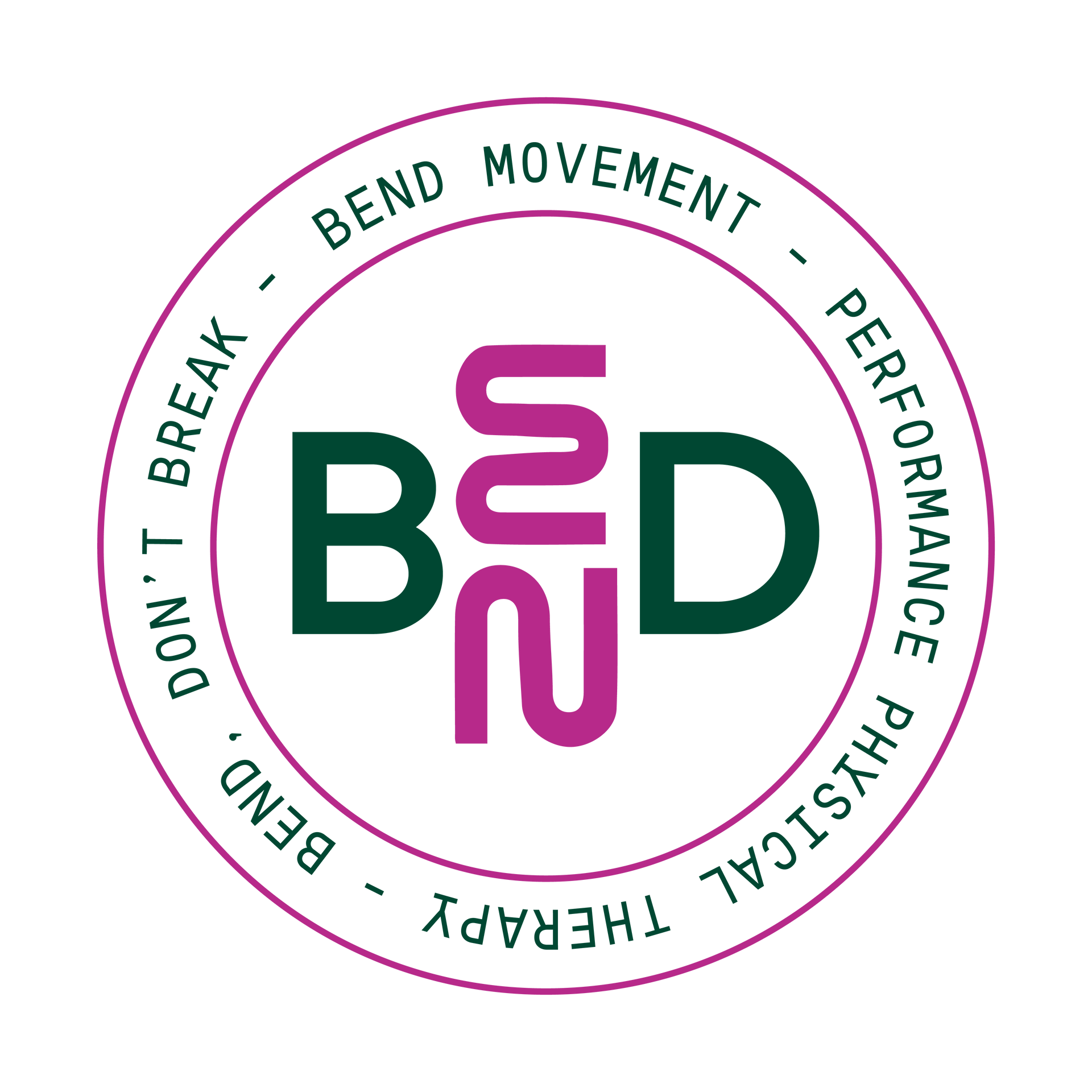Exercise, Mobility, and Physical Therapy Techniques
Catogories
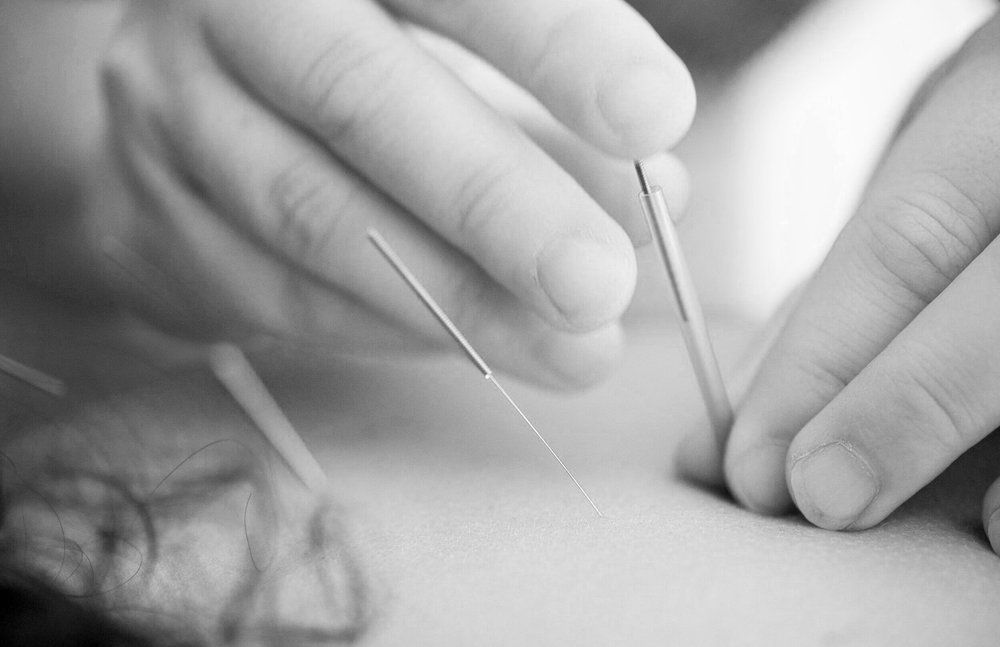
What to Expect at Your First Dry Needling Appointment in Richmond If you’re considering dry needling for pain relief or muscle recovery, you might have questions about what to expect during your first session. Many first-time patients wonder: Does it hurt? How does it work? Will I feel relief right away? Dry needling is a safe and effective technique used by physical therapists to release muscle tension, improve mobility, and reduce pain. While the idea of using thin needles to target trigger points may sound intimidating, most patients find the treatment surprisingly comfortable and beneficial. At Bend PT in Richmond, VA , we specialize in dry needling as part of a comprehensive approach to pain relief and movement optimization. This article will walk you through everything you need to know before your first dry needling appointment, so you can feel confident and prepared. READ: Rediscover Freedom in Movement: How Bend Movement Empowers Richmond to Live Pain-Free Understanding Dry Needling: How It Works and Its Benefits Dry needling is a specialized technique used to relieve muscle pain, improve mobility, and enhance recovery. It involves inserting thin, sterile needles into trigger points—tight knots within muscles that can cause discomfort and restricted movement. Unlike acupuncture, which is rooted in traditional Chinese medicine, dry needling is based on modern Western medicine and musculoskeletal science . How Dry Needling Works When a needle is inserted into a trigger point, it stimulates a twitch response , which helps: Release muscle tightness and improve flexibility. Increase blood flow to promote healing. Reduce nerve sensitivity and pain signals. Key Benefits of Dry Needling Many patients experience noticeable improvements after just one session. Dry needling can help: Relieve chronic pain from conditions like back pain, neck pain, and headaches. Improve athletic performance by reducing muscle stiffness. Speed up injury recovery by enhancing circulation and tissue healing. By targeting the root cause of pain rather than just the symptoms, dry needling offers an effective, non-invasive solution for long-term relief. READ: Pain-Free Mobility: Addressing Common Sports Injuries with Bend Movement in Richmond Preparing for Your First Dry Needling Appointment To make the most of your first dry needling session, it’s helpful to come prepared and know what to expect. Here are a few key steps to ensure a smooth and effective experience. What to Wear and Bring Comfortable, loose-fitting clothing to allow easy access to the treatment area. If your session targets the back, shoulders, or legs, consider wearing athletic wear or shorts. Bring a list of any current medications and a brief medical history to discuss with your provider. Communicating Your Symptoms and Goals During your initial consultation, your physical therapist will assess your pain levels, mobility, and overall health. Be sure to: Describe your pain or tightness in detail (e.g., location, intensity, and activities that worsen or relieve it). Discuss your treatment goals, whether it's pain relief, muscle recovery, or improved athletic performance. Medical Considerations Before Treatment Inform your provider of any medical conditions such as blood clotting disorders, recent surgeries, or pregnancy. Stay hydrated before your appointment to help your muscles respond more effectively. Eat a light meal or snack beforehand to avoid feeling lightheaded during treatment. By taking these simple steps, you can ensure a comfortable and productive dry needling session . What Happens During the Appointment Your first dry needling session at Bend PT in Richmond will be a straightforward and personalized experience. Here’s a step-by-step breakdown of what you can expect. 1. Initial Assessment Your physical therapist will begin by: Reviewing your medical history and current symptoms. Identifying specific trigger points and areas of muscle tightness. Explaining the treatment plan and answering any last-minute questions. 2. The Dry Needling Process Once the assessment is complete, your therapist will: Clean the treatment area and use thin, sterile needles to target trigger points. Insert the needles into tight muscles, causing a brief twitch response—a sign that the muscle is releasing tension. Leave the needles in place for a short period (typically a few minutes), depending on your condition. Most patients describe the sensation as a mild ache or muscle twitch, rather than pain. READ: Transforming Lives: How Bend Movement Combines Physical Therapy and Functional Fitness in Richmond 3. Immediate Effects and Sensations ome patients feel an instant sense of relief and improved mobility after treatment. Others may experience mild soreness, similar to a post-workout feeling, which typically fades within 24-48 hours. Your therapist will provide aftercare instructions to maximize results. This process is designed to help your muscles relax, heal, and function more efficiently over time. After Your Dry Needling Session: Recovery and Results Once your dry needling session is complete, your body will begin the recovery process. While many patients experience immediate relief, understanding what to expect post-treatment can help you maximize the benefits. Post-Treatment Sensations After your session, you may notice: Mild muscle soreness similar to post-exercise fatigue. Increased flexibility and reduced tension in the treated area. Temporary redness or mild bruising at the needle insertion points. These effects are completely normal and typically resolve within 24-48 hours. Tips for Maximizing the Benefits of Dry Needling To promote muscle recovery and enhance the effects of treatment, your therapist may recommend: 1. Staying Hydrated Drinking plenty of water helps flush out metabolic waste released during treatment and prevents muscle stiffness. 2. Gentle Movement and Stretching Engaging in light stretching and low-impact activities can keep your muscles from tightening up. Avoid intense workouts for the first 24 hours. 3. Applying Heat or Ice as Needed Use heat to relax muscles and improve circulation if you feel tightness. Use ice if you experience mild soreness or inflammation. READ: What’s the Point of Pain? When to Schedule Follow-Up Appointments While some patients feel relief after one session, chronic pain or muscle dysfunction often requires multiple treatments. Your physical therapist will discuss a personalized plan based on your symptoms and goals. By following these aftercare steps, you can maximize the benefits of dry needling and maintain long-term relief. Experience Expert Dry Needling at Bend PT in Richmond At Bend PT , we specialize in helping patients find lasting relief through expert dry needling treatments and personalized care. Whether you're seeking relief from chronic pain, muscle tightness, or sports-related injuries, our team is here to guide you every step of the way. Our approach goes beyond just symptom relief—we focus on identifying the root cause of pain and developing a customized treatment plan to improve mobility, reduce discomfort, and enhance your overall well-being. READ: The Power of Personalized Care: How Bend Movement Optimizes Performance for Richmond Athletes Ready to Try Dry Needling? If you're ready to experience the benefits of dry needling, our expert team at Bend PT is here to help. Schedule your first appointment today and take the first step toward long-term pain relief.
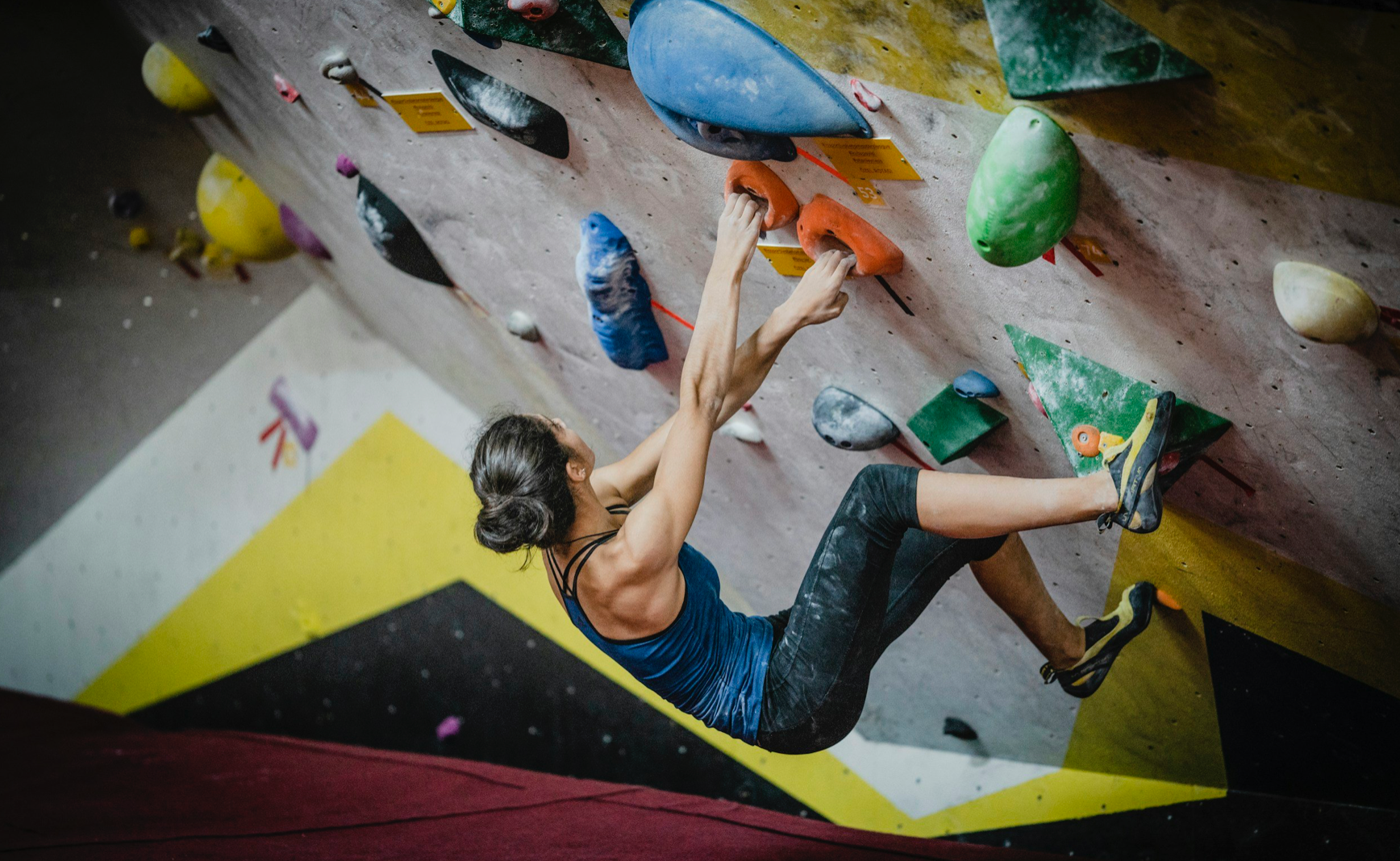
The Principle of Specificity in Training When it comes to improving performance, the principle of specificity is key. This training concept means that to see progress in a specific skill or quality, your movement needs to mimic the demands of that activity. Whether your goal is to increase strength, speed, endurance, or agility, focusing on exercises that align with your desired outcomes will give you the best results. The specificity principle is simple: to get better at something, you need to practice it. For example, if you’re training for a marathon, your workouts should involve long-distance running to build endurance. Cross-training with activities like cycling or swimming can improve general fitness, but the bulk of your training should focus on running if you want to improve your marathon performance. On the other hand, if you’re training for strength, your program should prioritize resistance exercises to target the muscle groups you want to make stronger. By tailoring your training to specific activities, you prepare your body for the exact demands of the sport or task. For example, if you’re preparing for a hike, doing squats and lunges can strengthen your legs, but incorporating incline walking or hill sprints will better mimic the elevation changes you’ll face. This type of specific training ensures that your muscles, joints, and cardiovascular system are ALL ready to handle the stresses of your chosen activity. The principle of specificity doesn’t just apply to elite athletes. Whether you're working on improving flexibility or building strength, aligning your exercises with your goals ensures better and faster results. Think about the movements, energy systems, and muscle groups required for your activity and design your workouts around them. In conclusion, the principle of specificity allows you to focus your training efforts on the qualities or skills you want to develop. Align your workouts with your goals, and enhance your performance in a targeted, effective way.
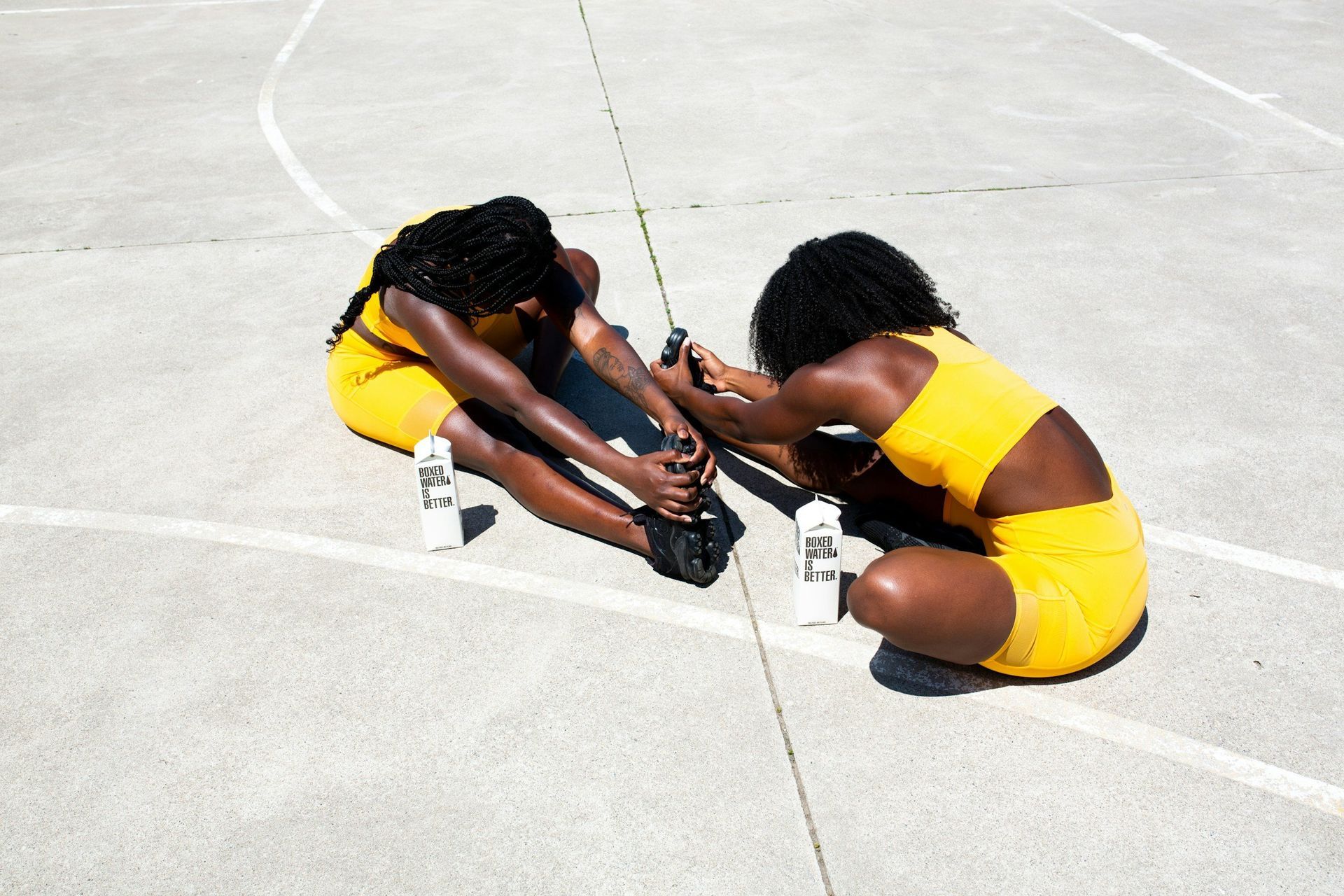
The Importance of a Specific Warm-Up Warming up is a crucial part of any workout. Tailoring your warm-up to the specific activity you’re about to do can make a HUGE difference in your performance and help prevent injuries. A targeted warm-up increases blood flow and prepares your body for the movements ahead, whether you’re going for a run, lifting weights, or playing a sport. A specific warm-up primes your body for the exact demands of your workout. For example, if you’re about to go for a run, simply stretching your muscles may not be enough to prepare them for the repetitive impact that a jog entails. Instead, use dynamic movements that mimic the activity—such as skipping, walking, or jogging in place—which will gradually increase your heart rate and loosen up your joints. To get the most out of your warm-up, consider the joint movements that occur in your activity. For a run, starting with light aerobic movements such as brisk walking or high knees can help warm up your legs and core. Adding in some dynamic stretches like leg swings or hip circles can further loosen up tight areas. If you’re preparing for strength training, focus on warming up the muscle groups you’ll be targeting in your workout, such as performing bodyweight squats or push-ups to activate key muscles. Taking the time to properly warm up with activity-specific movements will not only reduce your risk of injury but also improve your performance. A body that is well-prepared for the demands of exercise moves more efficiently. Whether you're running, lifting, or engaging in a sport, a targeted warm-up helps you transition smoothly into your exercise, improving both safety and results. Warming up with movements that closely mirror the activity you’re about to do ensures your body is ready for action. This tailored approach to warm-ups will boost your performance and reduce your risk of injury, keeping you active and healthy over the long run.

Elevate Your Walking Program with Rucking: A Beginner's Guide to Safe Progression Looking to take your walking program to the next level? A great way to progress your walking routine is to incorporate rucking, which is a simple yet effective way to increase the intensity, burn more calories, and enhance overall fitness. In this blog post, we'll delve into the world of rucking, give you ideas for safe progressions, and provide ideas for incorporating this versatile activity into your routine. What is Rucking? Rucking involves walking with resistance, whether that includes a loaded backpack or weighted object. This form of exercise not only adds resistance to your walk but also engages additional muscle groups, making it a functional and dynamic full-body workout. Benefits of Rucking: Increased Caloric Burn: Walking with added weight elevates your heart rate and increases calorie expenditure compared to traditional walking. Muscle Engagement: Carrying a weighted backpack engages your core, upper body, and lower body muscles, providing a comprehensive workout. Improved Cardiovascular Health: Rucking challenges your cardiovascular system, which will improve your endurance and overall heart health over time. Versatile and Accessible: Rucking can be done virtually anywhere, requiring minimal equipment and catering to individuals of all fitness levels. Safe Progressions and Incorporation: Start Light: Begin with a lightweight backpack and gradually increase the weight over time as you become more comfortable and confident. Gradual Weight Progression: Aim to increase the weight of your backpack or ruck by no more than 5-10% each week to allow your body to adapt safely. Time and Distance: Start with shorter ruck durations and distances, gradually increasing both as your strength and endurance improve. Terrain Variation: Incorporate hills, stairs, and varied terrain to modulate variety and intensity during your rucks. Rest and Recovery: Allow for adequate rest and recovery between rucking sessions to prevent overuse injuries and allow for muscle repair. Ideas for Rucking Objects: Backpack: Use a sturdy backpack with padded shoulder straps and a waist belt for added comfort and support. Fill the backpack with weights, sandbags, canned foods, or water bottles to adjust the resistance. Weighted Vest: Invest in a weighted vest designed specifically for rucking, which will evenly distribute the weight across your torso. Sandbags: Fill sandbags with sand or gravel and secure them tightly for a portable and customizable rucking option. Dumbbells or Kettlebells: Carry dumbbells or kettlebells in each hand to add resistance to your ruck. Start with lighter weights and gradually increase as needed. Incorporating rucking into your walking program can add a new dimension to your fitness routine that will enhance your strength, endurance, and calorie burn. Follow safe progressions and experiment with different objects to customize your rucking experience to suit your specific fitness goals and preferences. Remember to listen to your body, start slow, and enjoy the journey of discovering the many benefits of rucking. If you want to incorporate something like rucking into your movement practice but are having trouble secondary to injuries or pain, schedule a visit with Bend Movement PT today! Work with a doctor of physical therapy who will create an individualized plan for you to address any movement issues you may be having.
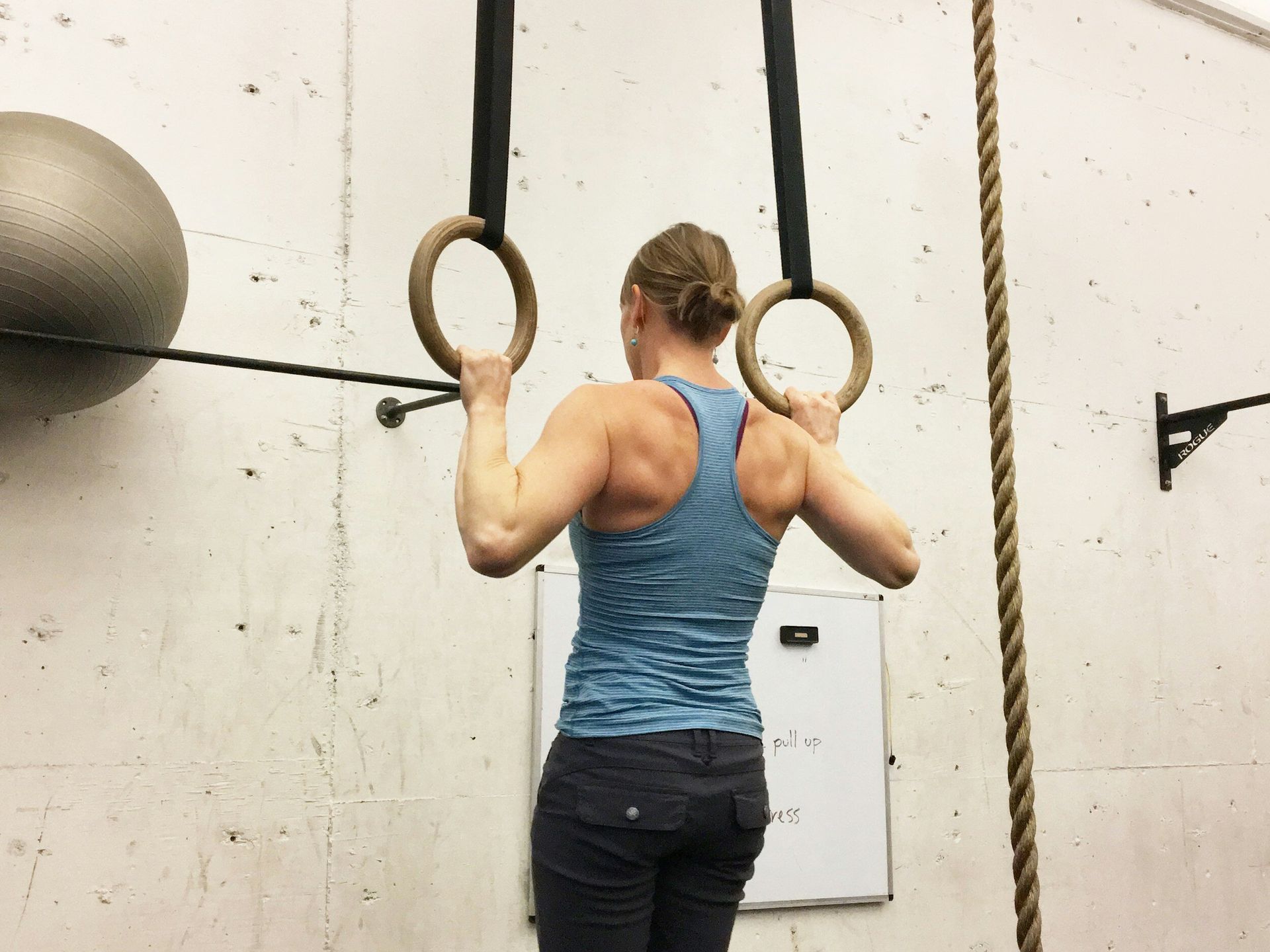
Enhance Mobility with Loaded Stretching: A Guide to Safe Progression Improving mobility is a great way to enhance performance and prevent injuries, but traditional stretching methods don’t always give you the desired results. One alternative to traditional static stretching includes loaded stretching, which is a dynamic approach that utilizes weighted resistance to deepen stretches and unlock greater flexibility. In this post, we'll explore the benefits of loaded stretching as well as provide tips on how to safely incorporate it into your training regimen while ensuring progressive and sustainable results. What is Loaded Stretching? Loaded stretching, also known as weighted stretching or resistance stretching, involves applying external resistance – such as weights or resistance bands – to traditional stretching exercises. By adding resistance, loaded stretching applies more force to the area you are stretching, which engages the muscles more actively and encourages them to lengthen and adapt over time. Benefits of Loaded Stretching: Increased Range of Motion: Loaded stretching targets both the muscles and connective tissues, promoting greater flexibility and mobility across a wider range of motion. Improved Muscle Activation: The resistance applied during loaded stretching produces more activation of the muscles being stretched, leading to improved muscle control and coordination. Enhanced Muscle Strength: By combining stretching with resistance, loaded stretching simultaneously strengthens the muscles, making them more resilient and less prone to injury. Safe Progression and Integration: Start Light: Begin with light weights or resistance bands to familiarize yourself with the loaded stretching technique and gauge your comfort level. Focus on Form: Prioritize proper form and technique during loaded stretching exercises to maximize effectiveness and minimize the risk of injury. Gradually Increase Resistance: As you become more proficient, gradually increase the resistance to challenge your muscles and further enhance flexibility. Listen to Your Body: Pay attention to how your body responds to loaded stretching. If you experience discomfort or pain, you likely need to reduce the resistance or modify the exercise accordingly. Incorporate into Warm-Up or Cool-Down: Integrate loaded stretching into your warm-up routine to prepare your muscles for activity or include it in your cool-down to aid in muscle recovery and flexibility maintenance. Consistency is Key: Like any training method, consistency is essential for seeing results with loaded stretching. Incorporate it into your regular training regimen and monitor your progress over time. Sample Loaded Stretching Exercises: Weighted Forward Fold: Stand with feet hip-width apart, holding a light dumbbell in each hand. Hinge at the hips and lower the weights towards the floor. Hold for 15-30 seconds and repeat. Weighted Seated Hamstring Stretch: Sit on the floor with legs extended and a light dumbbell in your hands. Lean forward from the hips, reaching the dumbbell towards your toes while keeping your back straight. Hold for 15-30 seconds. Incorporating loaded stretching into your training regimen can be a game-changer for improving flexibility, enhancing performance, and reducing the risk of injuries. By following these tips for safe progression and integration, you can unlock the full potential of loaded stretching and take your mobility to new heights. If you are having trouble with your mobility or want to work with a professional to meet your movement goals - look no further. At Bend Movement Physical Therapy, we provide patients with tools to create lasting change in their movement capacity to decrease pain and improve their quality of life. Schedule an appointment today to optimize your movement!
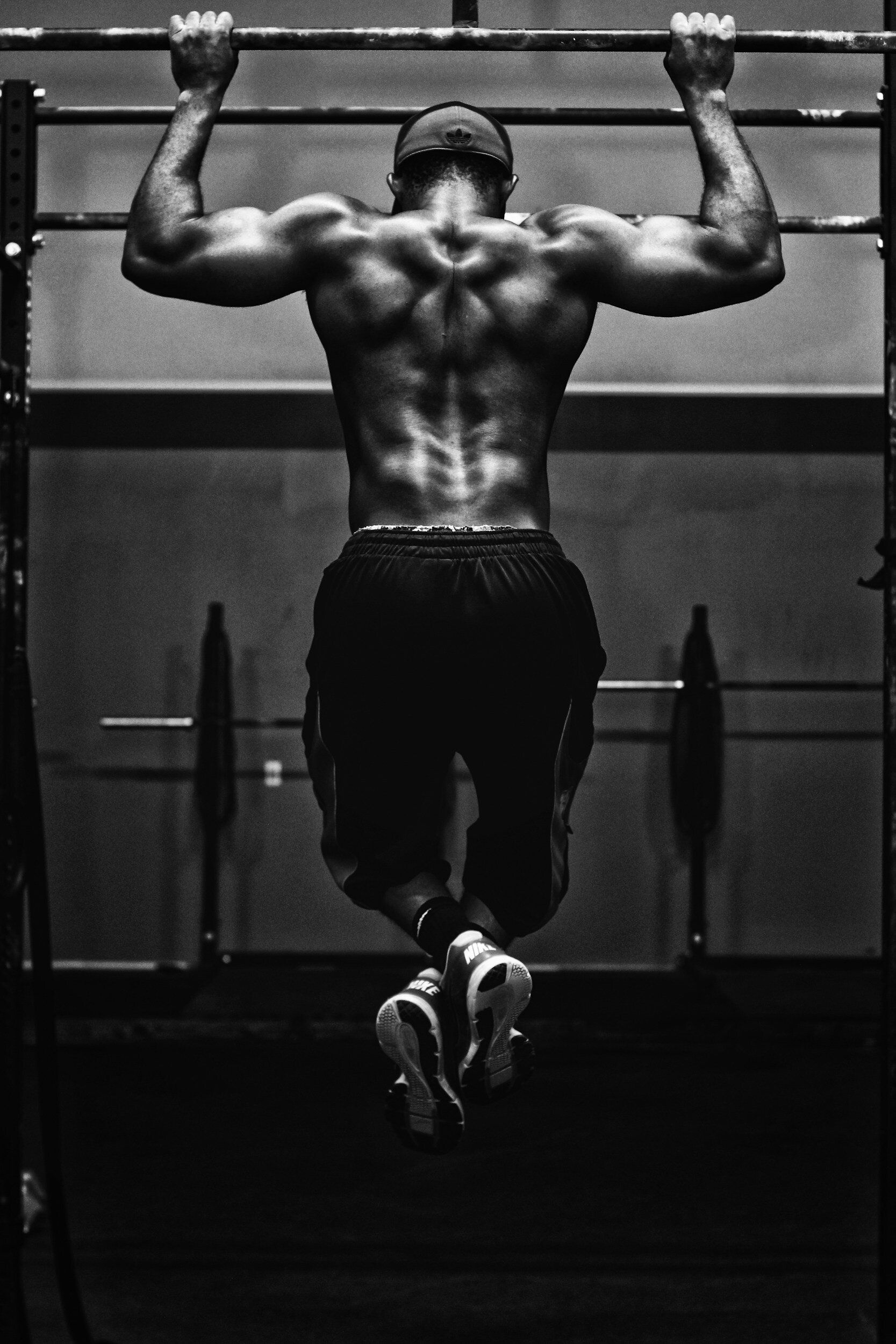
Unveiling the Power of Muscle Contractions: A Guide to Training and Adaptation Muscles are more than just tools for movement; they are intricate systems capable of diverse actions that can promote various adaptations. Understanding the types of muscle contractions and how they impact these different functions into your training can empower you to craft a more effective fitness regimen. In this article, we'll delve into the world of muscle contractions and explore how harnessing the unique qualities of each can help you achieve specific goals. Concentric Contractions Concentric contractions occur when a muscle shortens while generating force against resistance. Think of lifting a weight during a bicep curl - the biceps muscle shortens as you lift the weight. Concentric contractions are ideal for: Strength Development : By lifting heavy weights through concentric contractions, you stimulate muscle hypertrophy (growth) and enhance the ability of that tissue to generate more force. Power Training : These contractions are essential for explosive movements like jumping and throwing. A faster concentric contraction trains up your nervous system to be able to generate faster force output. Eccentric Contractions Eccentric contractions happen when a muscle lengthens while under tension, often acting as a brake to control movement. Lowering a weight during a bicep curl or negatives are examples of eccentric contractions. Eccentric contractions contribute to: Muscle Recovery and Growth : Eccentric training triggers muscle damage and releases chemicals that promote muscle growth and repair. Improved Motor Control : Eccentric contractions are vital for activities that involve controlled descents. Owning every inch of the descent in a movement can improve your proprioception, or your ability to sense where your body is in space. Improved Soft Tissue Length: Focusing on the lengthening of a muscle can promote changes in the length or flexibility of that tissue. Isometric Contractions Isometric contractions involve muscle engagement without any change in length. Holding a plank position is a classic example of this kind of contraction. Isometric contractions offer: Increased Stability : These contractions are used to stabilize joints. Longer isometric holds can promote improvements in endurance. Enhanced Mind-Muscle Connection: Isometric exercises help you focus on muscle activation and build better control. Because you are holding the position, you can try to focus on engaging the target area more. Increased Safety/Comfort : Because isometric contractions do not result in a change in muscle length, they can be a safe place to start building up strength. In managing an injury, they can be a way to continue to use the injured tissue but not put too much stress on the area. Plyometric Contractions Plyometric contractions involve rapid lengthening of muscle (eccentric) followed by a powerful concentric contraction. Jumping exercises like box jumps fall into this category. Plyometric contractions are effective for: Explosive Power : These contractions enhance fast-twitch muscle fiber recruitment, resulting in a faster rate of force development. Sports Performance : Plyometrics improve athletic performance by boosting speed, agility, and coordination. These contractions mimic what our muscle tissue needs to do during our sporting endeavors and thus is a great way to prepare our bodies to handle faster and more forceful activities. Dynamic Contractions Dynamic contractions involve continuous, rhythmic muscle actions. Cycling, walking, and swimming are examples of activities that involve dynamic contractions. Dynamic contractions are beneficial for: Cardiovascular Health : These movements elevate heart rate, enhancing cardiovascular fitness. Sustainable Endurance : Dynamic exercises build endurance by training muscles to generate force and perform for longer periods of time, improving their efficiency. Understanding the ins and outs of how muscles function gives you the ability to perform more targeted training to tailor the adaptations you are seeking. Incorporating a variety of contractions into your fitness routine can ensure you are addressing different areas of the movement system. A well-rounded exercise regimen combines different types of contractions to create a balanced and comprehensive approach to fitness. If you want help figuring out how to fit these different contractions into your movement plan, get in touch with us! Bend Movement is a physical therapy and rehabilitation practice that approaches fitness from a performance perspective. Let us help you program your way to an optimized movement practice!
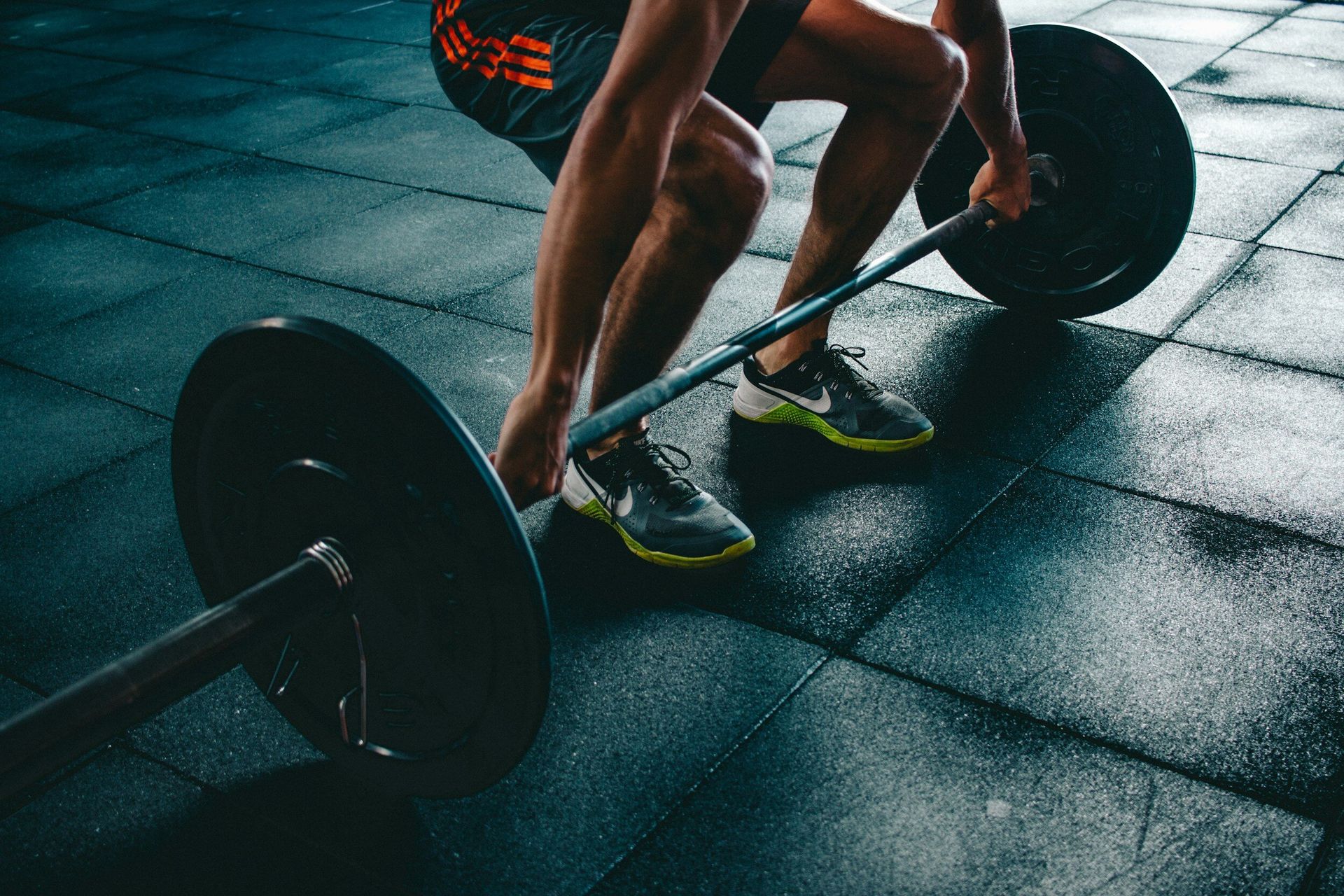
The Transformative Power of Exercise: Short and Long-Term Health Benefits Plus Simple Ways to Get Started Exercise isn't just about improving how you aesthetically look; it's a critical component of a healthier, happier life. Whether you're looking for immediate improvements in function or long-lasting vitality, incorporating regular exercise into your routine has a broad impact on your overall well being. In this article, we'll dive into the positive effects of exercise on short and long-term health and explore some easy forms of exercise that everyone can embrace. Short-Term Health Benefits of Exercise: Regular physical activity delivers immediate benefits that can enhance your day to day life: Boosted Mood : Exercise triggers the release of endorphins, also known as "feel-good" hormones, which can alleviate stress, anxiety, and depression. Increased Energy : Physical activity improves circulation and oxygenates your cells, providing a natural energy boost that lasts beyond your workout. Enhanced Cognitive Function : Exercise stimulates blood flow to the brain, enhancing focus, memory, and overall cognitive performance. Improved Sleep Quality : Engaging in regular exercise can promote better sleep, helping you fall asleep faster and enjoy deeper rest. Long-Term Health Benefits of Exercise: Investing in your health through exercise pays off with a wealth of long-term advantages: Heart Health : Regular cardiovascular exercise decreases blood pressure as well as strengthens the heart muscle and makes it pump more efficiently, reducing the risk of heart disease. Weight Management : Exercise promotes weight loss and maintenance by increasing metabolism and burning calories. Strong Bones and Joints : Weight-bearing exercises like walking, jogging, and resistance training help maintain bone density and joint health, lowering risk of fractures and arthritis. Chronic Disease Prevention : Exercise reduces the risk of chronic conditions such as diabetes, stroke, and most types of cancer. Longevity : Engaging in a consistent movement practice is associated with increased lifespan and healthspan, or an improved quality of life in later years. Easy Forms of Exercise for Everyone: Getting started with exercise doesn't require a gym membership or complex routines. Here are some simple and accessible forms of exercise: Walking : A brisk daily walk is one of the easiest ways to stay active. Aim for at least 30 minutes or about 10,000 steps a day. You can even find ways to walk more during the day, such as parking further away from your destination. Bodyweight Exercises/Calisthenics : Push-ups, squats, lunges, and planks can be done at home and require no equipment. Yoga : Practicing yoga enhances flexibility, balance, and relaxation. Many online platforms offer beginner-friendly routines to set a strong foundation for your practice. Dancing : Putting on your favorite song and moving around your living room can make for an enjoyable cardio workout. You can also do one song at a time to split your movement practice into smaller movement snacks throughout the day. Cycling : If you have access to a bike, cycling can provide low-impact exercise that can be done outdoors or on a stationary bike indoors. Swimming : Swimming is gentle on joints and provides a full-body workout that can improve your cardiovascular fitness. Find a local pool or open water to dive in. Stair Climbing : Opt for stairs instead of elevators whenever possible for a quick burst of activity. Exercise is a powerful investment in your short and long-term health. By embracing physical activity, you'll experience immediate benefits like improved mood and energy, while also safeguarding your future with a reduced risk of chronic diseases and enhanced overall well-being. The best part? You don't need to be a fitness enthusiast to reap the rewards. Incorporating easy forms of exercise into your routine can make a world of difference. So, lace up your shoes, find an activity you enjoy, and start your journey toward a healthier, happier you. Want to find ways to get into exercise to improve your short and long-term health? Bend Movement is a cash-based physical therapy and wellness team located in Richmond that can provide you with an on-ramp to establishing health-promoting habits. Get in touch with us and let us help you experience all the benefits that regular exercise can provide!
